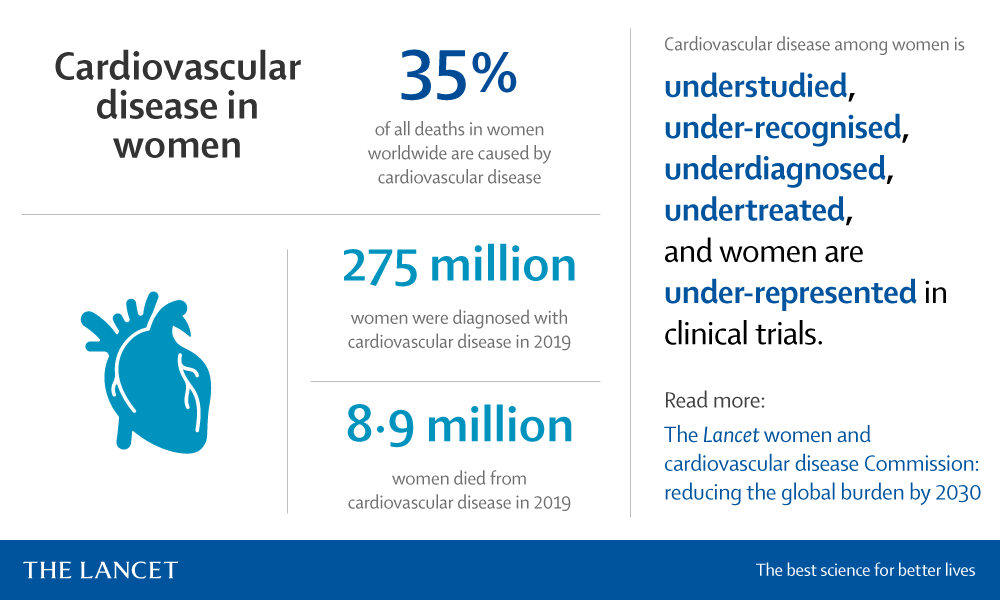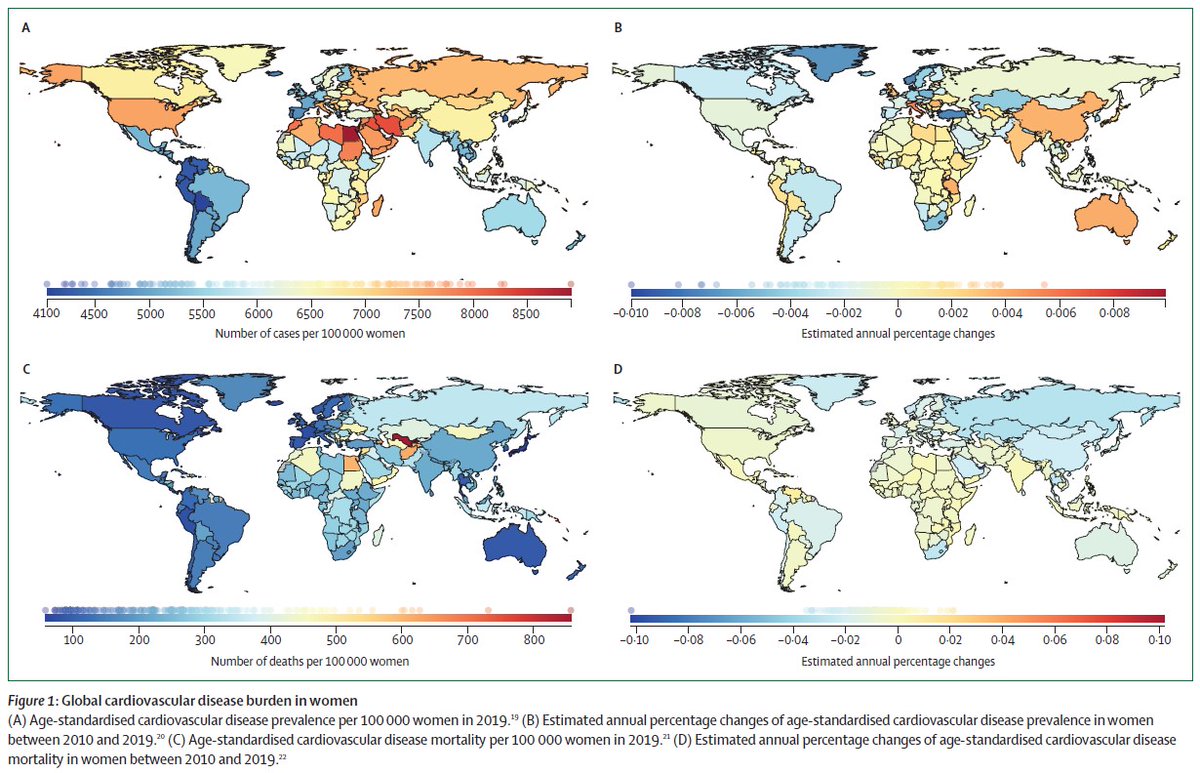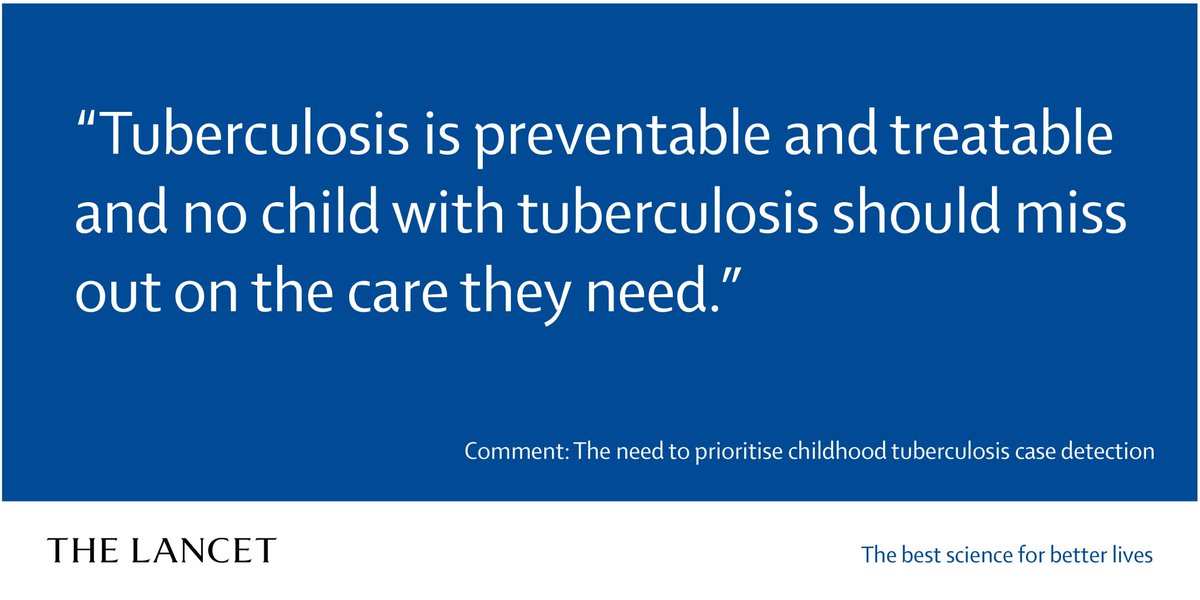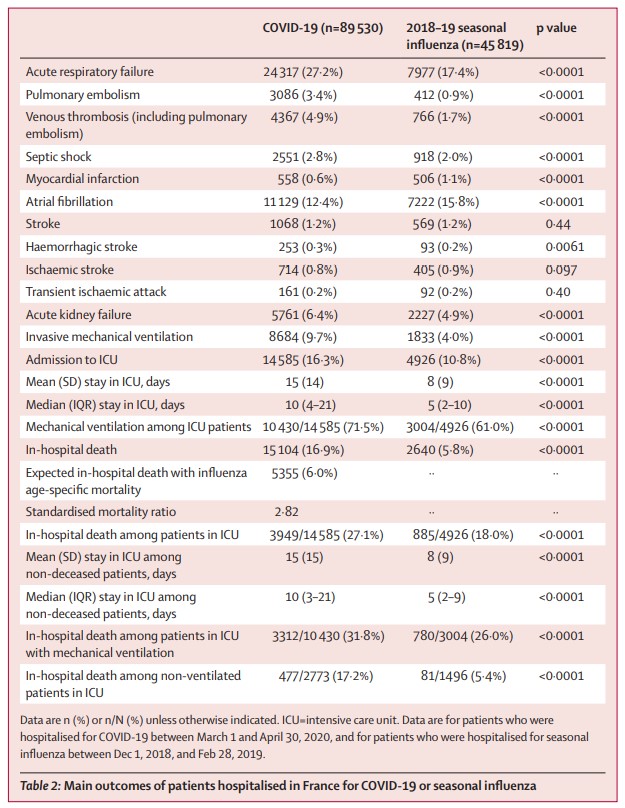
NEW—Emerging evidence indicates #COVID19 has distinctive pathophysiological features that set the disease apart from respiratory failure of other origins.
A new 4-part Series in @LancetRespirMed explores COVID-19: Pathophysiology of Acute Disease: hubs.li/H0NyR540
A new 4-part Series in @LancetRespirMed explores COVID-19: Pathophysiology of Acute Disease: hubs.li/H0NyR540

.@osuchm et al. provide a comprehensive Review of the pathophysiology and phenotypes of #COVID19. Read in @LancetRespirMed: hubs.li/H0NySMY0. 

The challenges and promise of therapeutically targeting the pleiotropic cytokine interleukin-6 are considered in the 2nd & 3rd papers.
#Interleukin-6: obstacles to targeting a complex cytokine in critical illness—Oliver McElvaney et al: hubs.li/H0NyRjW0 (1/2)
#Interleukin-6: obstacles to targeting a complex cytokine in critical illness—Oliver McElvaney et al: hubs.li/H0NyRjW0 (1/2)

#Interleukin-6 receptor blockade in patients with #COVID19: placing clinical trials into context—@fedeangriman, @BrunoFerreyro, et al: hubs.li/H0NyRKB0. (2/2) 

The 4th paper, from Dennis McGonagle et al, considers the contributions of viral infection of the alveolar compartment and immunothrombosis of the juxtaposed pulmonary vascular compartment in severe #COVID19: hubs.li/H0NyRQ90. 

• • •
Missing some Tweet in this thread? You can try to
force a refresh

















